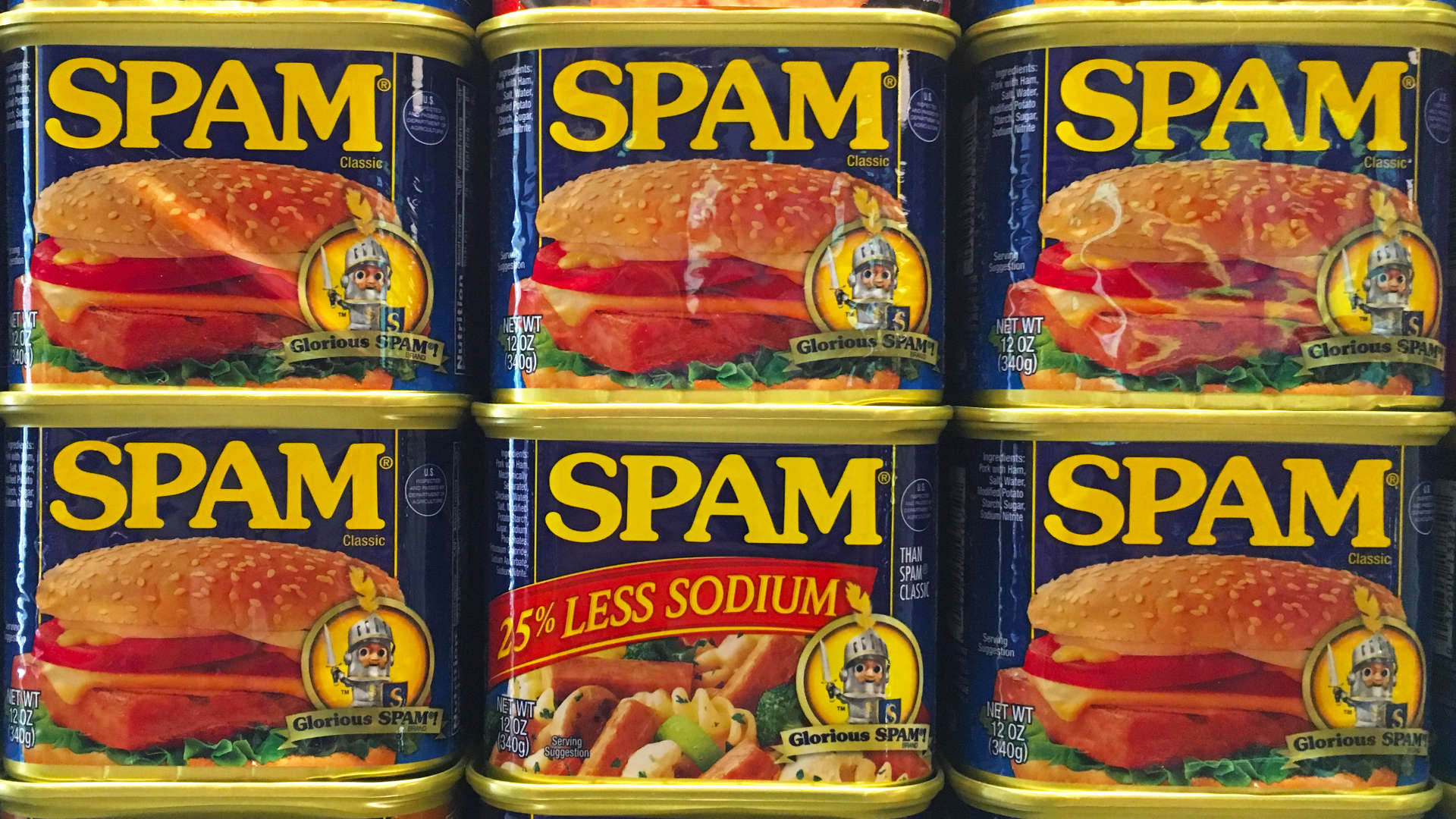When it comes to email subscribers, the quality of your email list can make or break your campaigns. While it might be tempting to resort to various tricks and hacks to grow your subscriber base quickly, these tactics never stand the test of time.
Instead, small businesses should focus on building a strong list of subscribers that actually want to receive their emails. You do not want to spam people, you want people who knew they were subscribing and wanted to. This approach ensures that even the smallest list can be a powerful marketing tool, driving genuine interest and engagement.
The pitfalls of using hacks and tricks
The internet is rife with advice on how to grow your email list quickly. Hacks and tricks lead to poor engagement and increased spam reports.
From buying lists to using pop-up forms that trick users into subscribing, these tactics might inflate your numbers but they do so at a significant cost. When people receive emails they didn’t sign up for they are likely to mark them as spam and they are certainly not likely to support the business that sent them.
This not only damages your sender reputation but can also land your emails straight into the spam folder, unseen and ineffective. Subscribers who didn’t actively choose to receive your emails are not likely to engage with your content. They may ignore your emails, delete them without reading, or unsubscribe immediately. The initial boost in email subscribers numbers will quickly dwindle, leaving you with a disengaged audience and a tarnished brand reputation.
The power of express consent
On the other hand, an email list built on expressly consented email subscribers—people who have willingly and knowingly opted in to receive your emails—offers numerous benefits. These subscribers are genuinely interested in your content, products, or services, making them more likely to engage with your emails. This engagement translates to higher open rates, click-through rates, and ultimately, conversions.
Anti-spam practices ensure that your emails reach the inboxes of those who truly want to hear from you. This not only improves your email deliverability but also fosters trust and loyalty among your subscribers. When people know they can trust you to respect their inbox, they are more likely to stay subscribed and interact with your content.
Quality over quantity
For small businesses, the focus should always be on quality over quantity. A smaller, engaged list is far more valuable than a large, uninterested one. Your goal should be to build a community of subscribers who look forward to your emails, find value in your content, and are more likely to become loyal customers.
To achieve this, start by ensuring that your sign-up forms are clear and transparent. Let potential subscribers know exactly what they can expect from your emails and how often they will receive them. This sets the right expectations and attracts people who are genuinely interested.
Next, focus on delivering high-quality, relevant content that provides value to your subscribers. Whether it’s exclusive offers, useful tips, or insightful articles, make sure your emails are something your audience will look forward to receiving.
Real, voluntary subscribers drive real results
The true strength of an email marketing campaign lies in its subscribers. When you have a list of real, voluntary subscribers, your marketing efforts are more likely to succeed. These individuals have shown an interest in your brand and are more likely to engage with your emails, share your content, and convert into loyal customers.
A list built on genuine interest and consent is more sustainable in the long run. You’ll experience fewer unsubscribes and spam reports, and your emails will have a better chance of reaching the inbox. It’s important to remember that showing your content to people who do not want to see it simply doesn’t work. Embrace the power of an anti-spam, expressly consented email list, and you’ll see that even the smallest list can yield significant results.
In conclusion, while tricks and hacks might seem like a quick fix, they often lead to more harm than good. Focus on building an email list of subscribers who truly want to hear from you, and your email marketing efforts will be far more effective. The best lists need no tricks—they need genuine subscribers who value your content and want to be part of your community.
